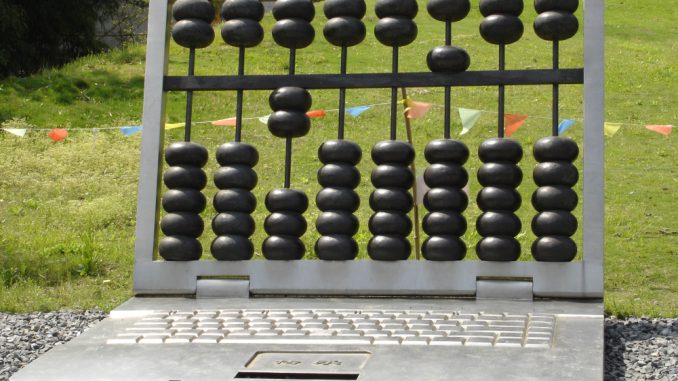
Origin and evolution of the computer. For many centuries, humanity lacked an instrument to help the processing of files and information. Back then, there was nothing to facilitate the work of logarithmic problems or any programs to help on their daily labors.
Nowadays there are many types of computers with different characteristics and functionalities that facilitate the work and manipulation of archives, developed to the needs and to perform tasks and calculations faster and more accurate than those made by hand.
Evolution of the computer
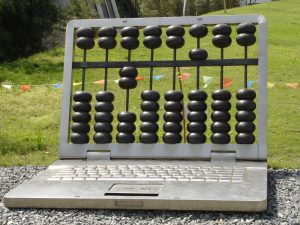
–The Abacus
It was invented in Babylon around 500 years before Christ. The old Abacus were boards to count consisting of a wooden box with parallel bars running with loose balls. This instrument was used to do transactions in diverse cities of the antiquity.
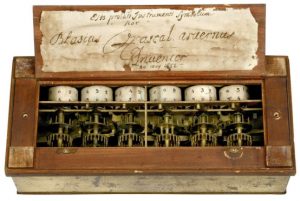
–Pascal Calculator
In 1642 the young French Blaise Pascal watched his father problems to take a correct account of the taxes that he charged. He invents the calculating machine that worked based on gears, designed to add and subtract two numbers directly, performing multiplications and divisions through repeated addition and subtraction.
–Leibniz Multiplication Machine
Gottfried Wilhelm von Leibniz adds to the machine invented by Blaise Pascal the functions of multiplication and division.
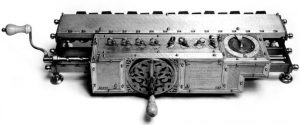
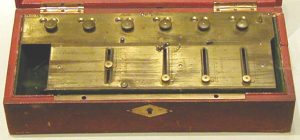
–Charles Xavier Thomas of Colmar
The inventor of a calculator that could perform the four basic mathematical operations (add, subtract, divide and multiply).
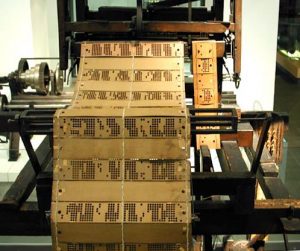
–Jacquard Weaving Machine
In 1801 the French Joseph Marie Jacquard invented the loom machine. It was able to punch a series of cards creating different patterns on the fabrics. These cards are the beginning of nowadays discs as the punched cards were able to store information through the holes.
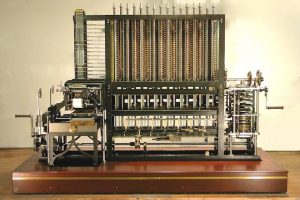
–Babbage Difference and Analytical Machine
In 1822 Charles Babbage created a differential machine capable of developing polynomials. However many failures occurred as there were some problems in the pieces of the equipment. After this slip, in 1833 Babbage creates the analytical machine which was able to do all mathematical operations and be programmed with half of perforated punched cards, saving an enormous amount of figures.
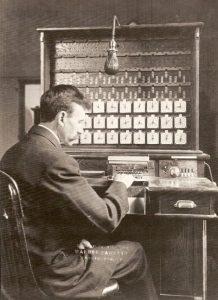
–Hollerith’s Tabulating Machine
Between 1880 and 1890 a census was conducted in the United States, obtaining the results after seven years. That is why Herman Hollerith proposed the use of his system based on perforated cards. It was a success, in only six months after the census of 1890 the first results were obtained. It was the first automated use of a machine. Seeing these results, Holerith founds a company that later happened to be the International Business Machines (IBM).
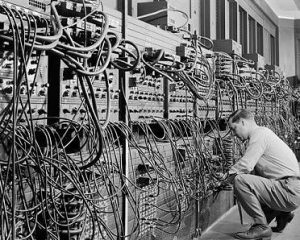
First computer generation
–MARK I
The first generation of computers comprises from the year 1944 to 1956.
In this first generation, they create the first computer, the “MARK I” that was developed by Howard Aiken during the second world war. There were also projects driven by the necessity of winning the war that made significant developments happen. By this, they create the ENIAC (Electronic Numerical Integrator And Computer) computer, which was a massive machine that occupied more than one room.
UNIVAC I
During this first generation, the machine used tubes to the vacuum. In 1951 the first computer was constructed for commercial purposes. Called UNIVAC I, the United States used this computed in the Census Bureau.
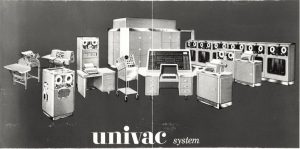
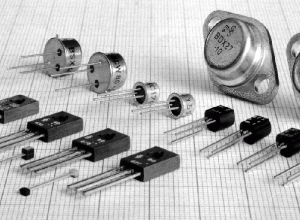
Second computer generation
The second generation comprises from the years 1959 to 1964, and the most remarkable of this second generation is the replacement of the use of vacuum tubes by transistors which made computers smaller and faster.
Third computer generation
This generation comprises from 1964 to 1971, and the greatest achievement of this generation is the use of integrated circuits (silicon chips), this made computers smaller and faster with less electricity consumption and less amount of heat, they were also more efficient.
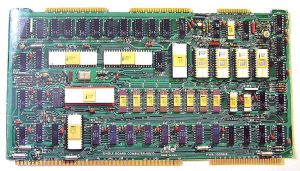
The development of chip took a huge step in the era of computing since the chip contained a series of integrated circuits which stored the information, this allowed the computers to do several tasks at a time as it was the processing of information and mathematical calculation.
Fourth computer generation
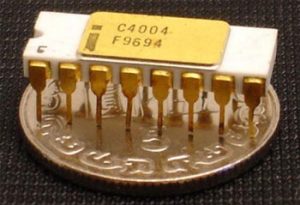
The fourth age of computers goes from 1971 to 1981; the most important part of this generation is the invention of the microprocessor which joined the integrated circuits in a single block. The creation of the microprocessor made possible the development of personal computers or PCs, which marked a revolution in the world of computing.
Fifth computer generation
It is not very defined when the fifth generation of the computer begins; this is due to the advances in computer technology and their fast evolution, quite the opposite of what happened in the first Generation.
Sixth computer generation
It starts from 1990 until today. Now computers are smaller and more versatile, and the internet is an essential tool to work in centers, and at home, almost 90% of the population use a computer at some time and internet as well.
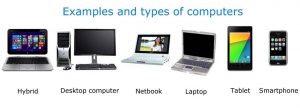
Now we see that the cost of a PC is relatively low. Computers are working with parallel/vector architectures which make them very fast. A PC can store an enormous amount of information and take decisions, almost reaching the level of a human being. We have tablet computers that almost do not occupy space at home and work, some even with holographic design, which has revolutionized the computer market.